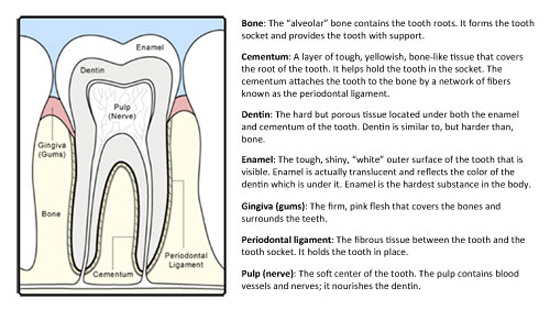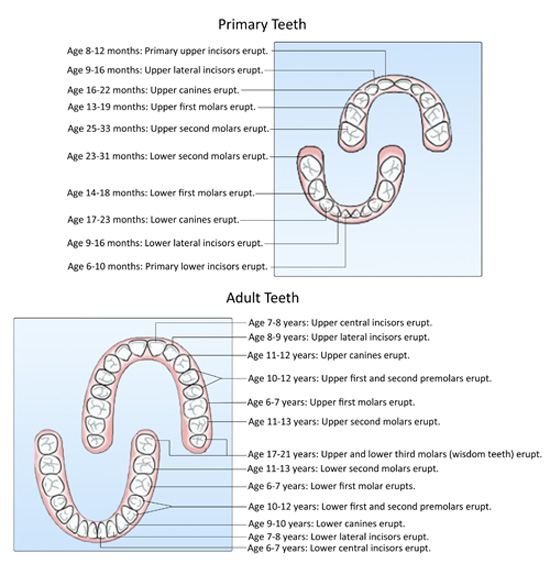Practicing good oral hygiene means maintaining your child’s smile by visiting the dentist regularly and taking care of their teeth and gums in between checkups. Our practice wants to make sure that your child gets the most out of their office visits, and that their teeth stay healthy for life! We’ll work with you to provide complete dental care, and show you how to maintain your child’s smile at home with the right dental products for you and your family.
Dental Cleanings and Regular Checkups
Regular dental checkups are an important part of maintaining good oral health. During regular checkups, the hygienist will:
- Check for any problems that may not be seen or felt
- Look for cavities or any other signs of tooth decay
- Inspect the teeth and gums for gingivitis and signs of periodontal disease
- Take x-rays, if necessary and as recommended by dental guidelines
- Evaluate your child’s occlusion and make any orthodontic recommendations
- Perform a thorough teeth cleaning, and apply topical fluoride varnish
- Complete a caries risk assessment
- Review oral hygiene instructions and dietary recommendations
Visiting the dentist every six months gives you and your child the chance to talk with your doctor and receive answers for any questions you may have about your family’s oral health. Checkups are also a great way to find out about new treatments that may benefit your child’s smile.
Choosing the Right Toothpaste and Toothbrush
From toothpaste and mouthwash to toothbrushes and dental floss, it’s important to choose the right products. Keep in mind that when you’re looking for a new toothpaste or toothbrush be sure to choose one that has been approved by the American Dental Association (ADA). Your dentist can also help by recommending certain dental products for use at home.
Learn More
Did you know that at birth, people already have 20 primary (baby) teeth that begin erupting after six months, and that by age 21 there are no more primary teeth and all 32 permanent teeth have erupted?
Getting to know your teeth can be fun and educational!
Xylitol - Reducing Cavities
The American Academy of Pediatric Dentistry (AAPD) recognizes the benefits of xylitol on the oral health of infants, children, adolescents, and persons with special health care needs.
The use of XYLITOL GUM by mothers (2-3 times per day) starting 3 months after delivery and until the child was 2 years old, has proven to reduce cavities up to 70% by the time the child was 5 years old.
Studies using xylitol as either a sugar substitute or a small dietary addition have demonstrated a dramatic reduction in new tooth decay, along with some reversal of existing dental caries. Xylitol provides additional protection that enhances all existing prevention methods. This xylitol effect is long-lasting and possibly permanent. Low decay rates persist even years after the trials have been completed.
Xylitol is widely distributed throughout nature in small amounts. Some of the best sources are fruits, berries, mushrooms, lettuce, hardwoods, and corn cobs. One cup of raspberries contains less than one gram of xylitol.
Studies suggest xylitol intake that consistently produces positive results ranged from 4-20 grams per day, divided into 3-7 consumption periods. Higher results did not result in greater reduction and may lead to diminishing results. Similarly, consumption frequency of less than 3 times per day showed no effect.
To find gum or other products containing xylitol, try visiting your local health food store or search the Internet to find products containing 100% xylitol.
Beware of Sports Drinks
Due to the high sugar content and acids in sports drinks, they have erosive potential and the ability to dissolve even fluoride-rich enamel, which can lead to cavities.
To minimize dental problems, children should avoid sports drinks and hydrate with water before, during and after sports. Be sure to talk to your pediatric dentist before using sports drinks.
If sports drinks are consumed:
- Reduce the frequency and contact time
- Swallow immediately and do not swish them around the mouth
- Neutralize the effect of sports drinks by alternating sips of water with the drink
- Rinse mouthguards only in water
- Seek out dentally friendly sports drinks
Anatomy of a Tooth

Tooth Eruption Chart


